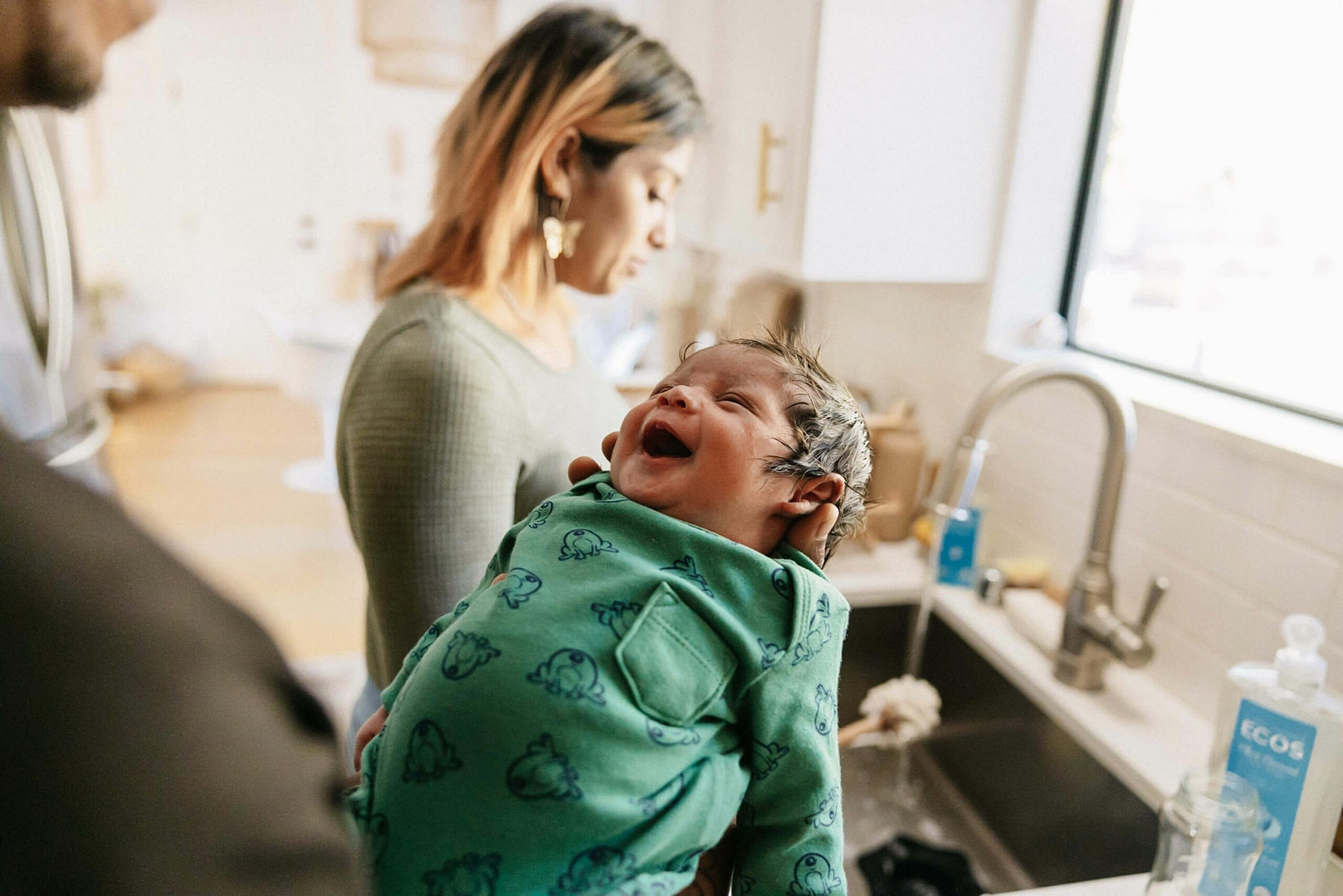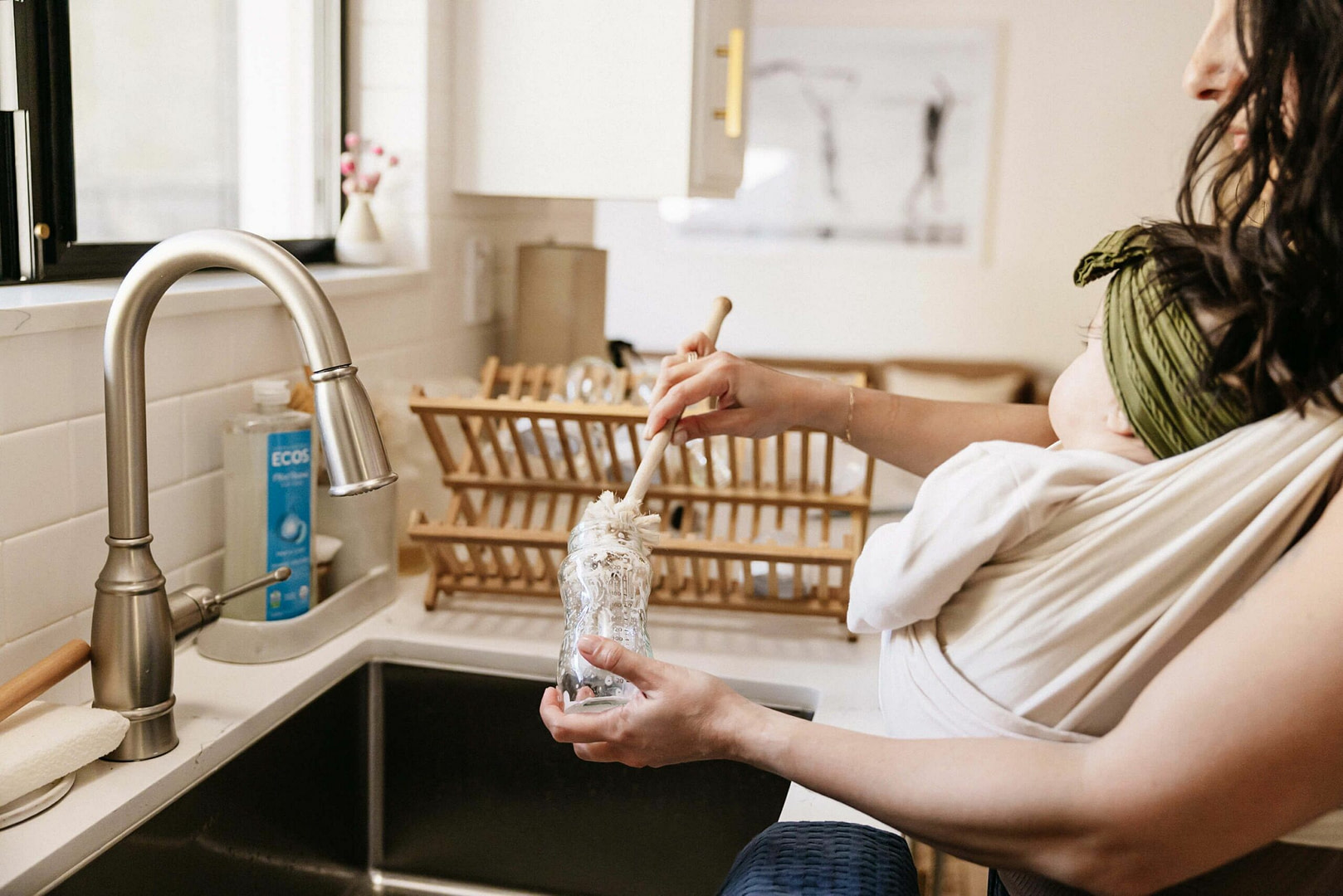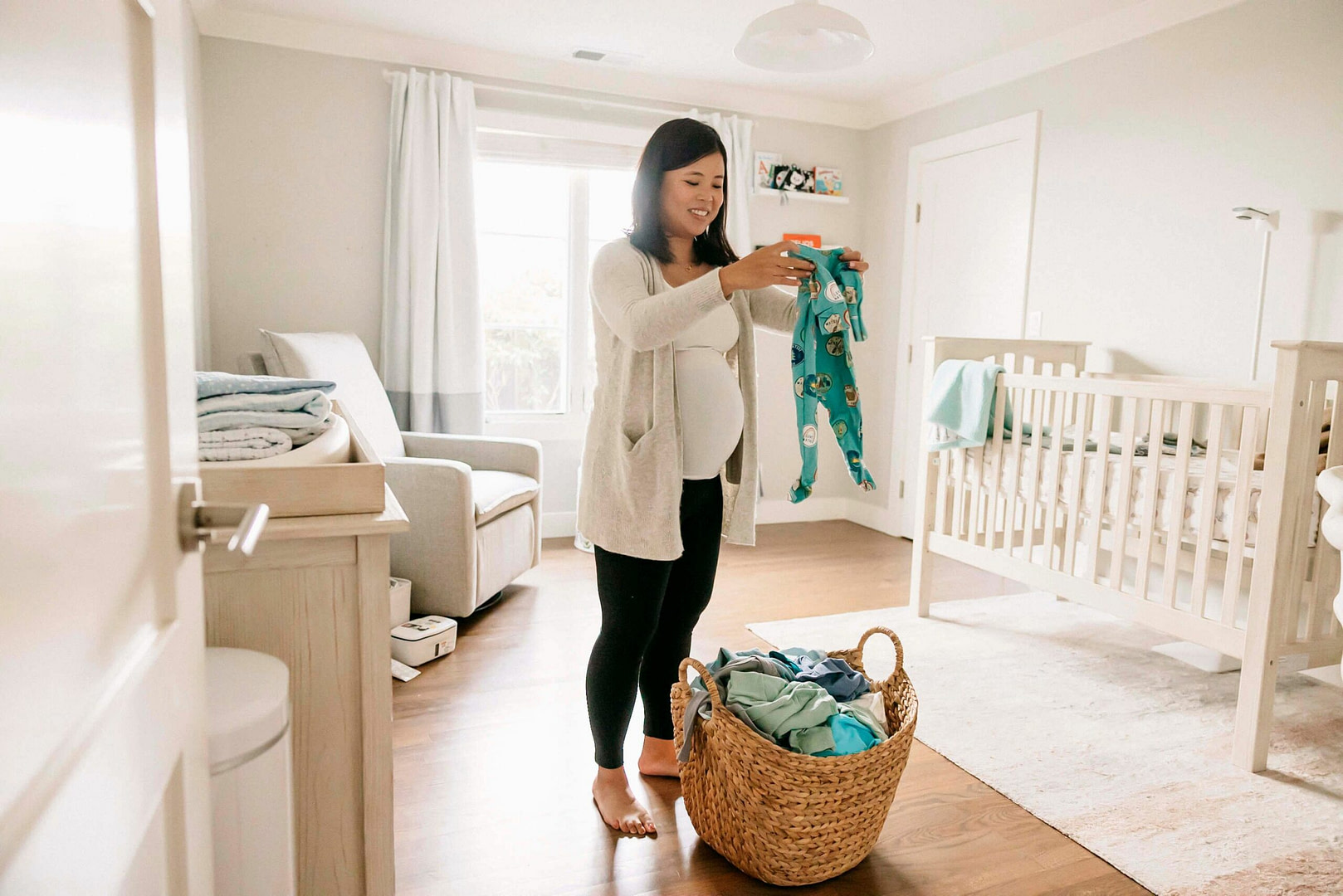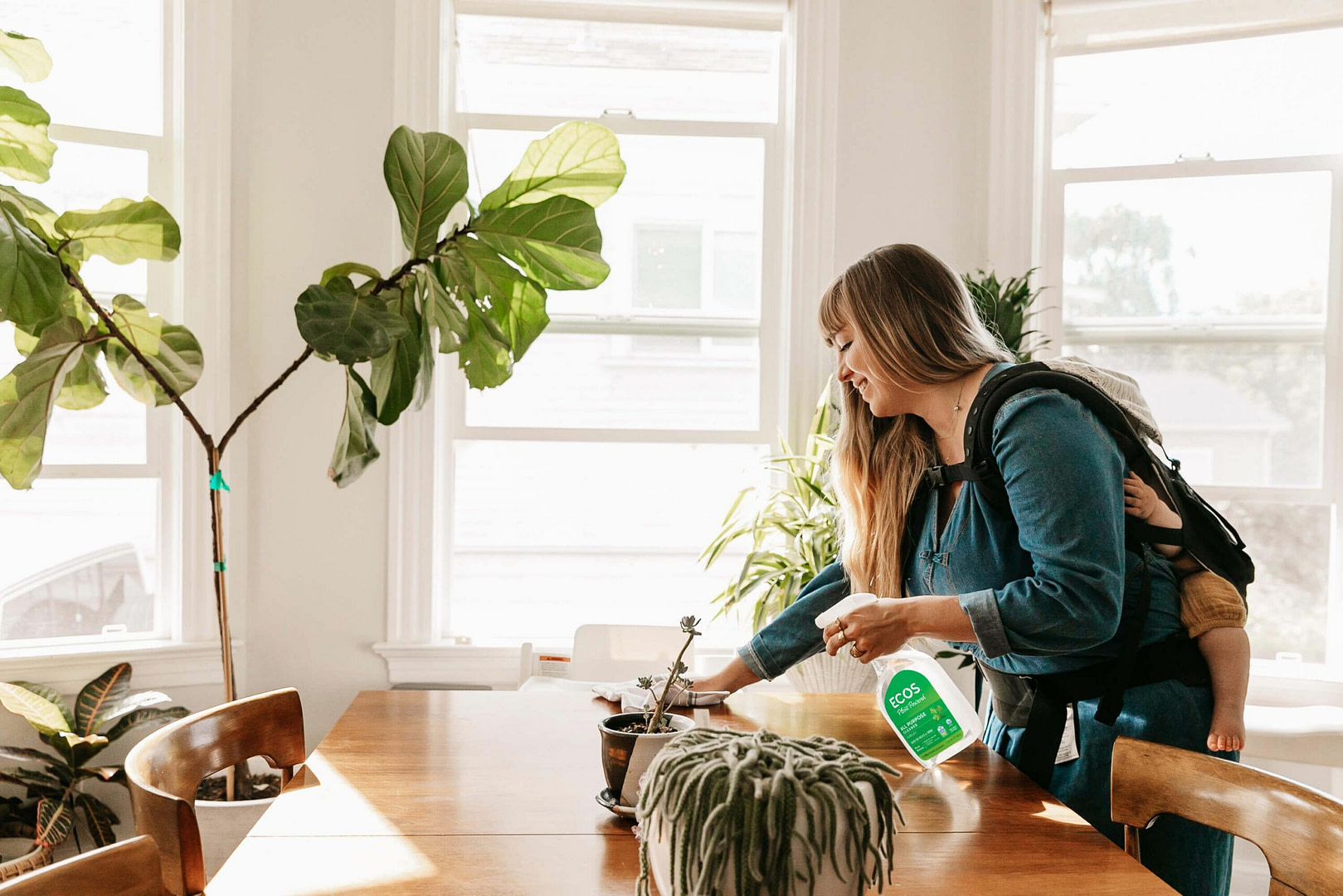5 Surprising Sources of Harmful Chemicals for Babies

As parents, we strive to create a safe and healthy environment for our little ones. We carefully choose baby products, organic foods, and baby-proof our homes. However, harmful chemicals can still find their way into our babies’ lives through unexpected sources. In this article, we will uncover five surprising sources of harmful chemicals that may affect our babies’ well-being. By being aware of these sources, we can take proactive steps to minimize their exposure and promote a safer environment for our little ones.
Baby Lotions, Shampoos, & Creams
Many parents assume their baby lotions, shampoos, and creams are safe. Many claim to be “non-toxic,” and most are advertised as being specifically safe for babies.
Unfortunately, that’s not always the case. Some baby lotions, shampoos, and creams have toxic chemicals that could be harmful to your baby.
Some of the ingredients to watch for include:
- Parabens
- Dyes
- Phthalates
- Formaldehyde
- Sulfates
- Fragrances
All of these substances could be harmful to kids. Some are linked to cancer. Others, like phthalates, are considered endocrine disruptors that could trigger early puberty or cause other growth issues in babies and children.
Plastic Bottles & Other Plastic Containers
Many parents use glass or stainless-steel baby bottles. Why? Plastic bottles may contain harmful substances.
The FDA has required companies to not use BPA in their plastic bottles since 2012. Today, manufacturers use a similar molecule called BPS instead. Unfortunately, both BPA and BPS are linked to health risks, which is why many parents avoid them entirely.
By switching to glass, silicone, or stainless-steel bottles and drinking cups, you could reduce the number of toxins your baby or child is exposed to.

Crib Mattresses
Crib mattresses could be “off-gassing” harmful chemicals into your baby and the surrounding air. The average newborn sleeps up to 16 hours per day, which means limiting toxins in the crib is particularly important.
Crib mattresses “off-gas” toxins, which means they release volatile organic compounds (VOCs) in vapor form. Any time you can smell a product, including a crib mattress, some type of off-gassing is occurring. Some harmful chemicals off-gas without any scent whatsoever.
Some of the toxins that may be off-gassed from a crib mattress include:
- Polyfluoroalkyl substances (PFAS), which are commonly used to make crib mattresses waterproof. 99% of the population has measurable amounts of PFAS in their system. PFAS are considered “forever chemicals” because they continue to accumulate in your body over time. They could be particularly harmful to babies.
- Vinyl and phthalates, which are also used to make many mattresses waterproof. These substances are linked to behavioral issues in children.
- Formaldehyde, which is a known human carcinogen used in some crib mattresses as an adhesive.
- Flame retardant chemicals, which have been linked to health issues, neurological impairment, immune issues, and even cancer. They can prevent or slow the spread of fires, but companies can meet government flammability standards without using flame retardant chemicals.

Bath Toys
Many parents are surprised to find bath toys could be filled with toxins. Bath toys are often made from plastic, and that plastic can leach phthalates and other harmful compounds into bath water – and your baby – when exposed to heat.
Phthalates are considered endocrine-disrupting chemicals and they could interfere with your baby’s development. Vinyl chloride is a toxic chemical linked to birth defects, cognitive disorders, and even cancer.
Consider using baby-safe bath toys made from different materials. Many parents buy wood bath toys, natural rubber toys, or stainless-steel bath toys, for example.
Diapers
According to the Environmental Working Group (EWG), many disposable diapers contain toxins.
Some diapers contain plastic and adhesives, for example, that can emit VOCs in use, potentially harming your body. In one study, researchers tested four different brands of diapers and found detectable levels of toluene and xylene – two VOCs – in all of them.
These chemicals could be harmful to the body when inhaled. However, they could also pose a risk because of where the diaper is located. Toxin exposure around the baby’s genitals can lead to early onset puberty and other developmental issues, for example.

Household Cleaning Products
While eliminating obvious hazards from your home is relatively straightforward, it can be more challenging to identify and eliminate less obvious ones. Hidden dangers lurk in everyday items, like the phthalates found in bath toys or the parabens in baby shampoo. At ECOS, we’re here to help you navigate these challenges by offering a lineup of effective household cleaning products made with safer ingredients.
When it comes to cleaning products, we take great pride in the fact that we leave out a long list of harmful compounds. Our ECOS cleaning products are crafted without dyes, formaldehyde, 1,4-dioxane, parabens, phosphates, phthalates, pearlizers, or optical brighteners, among other known substances that could pose a risk.
Shop for ECOS products today and join the growing community of safety-conscious parents who are taking control of their environment. Together, we can create a home where your little one can thrive, play, and grow in a truly safe and nurturing space.
